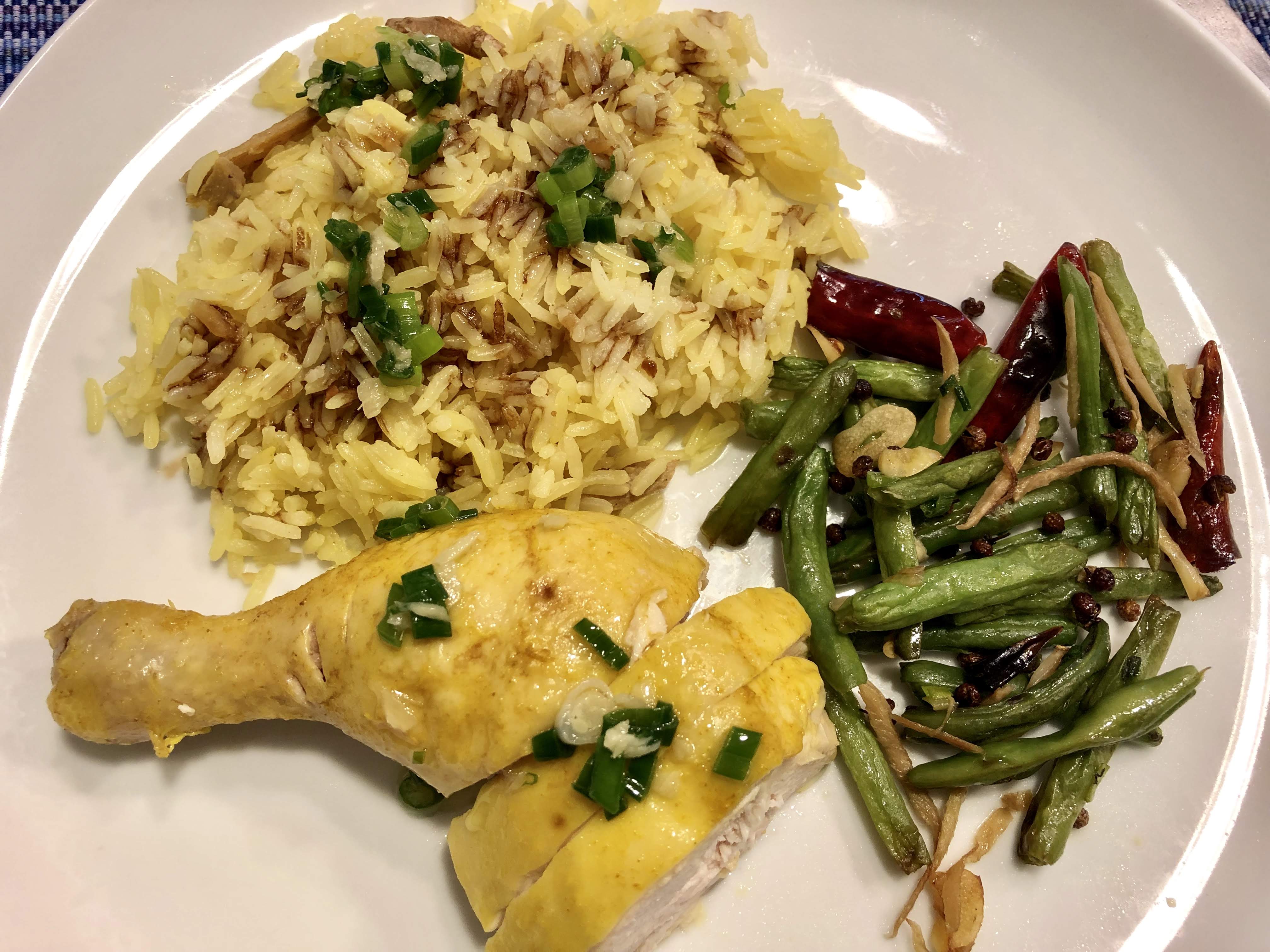
For months now I’ve been stalking two Vietnamese cooking Facebook groups: the Vietnamese Cooking Group (VCG) and the Instant Pot Vietnamese Food Recipes. Both groups are totally nuts in the best possible way about sourcing, making, and eating Vietnamese food. Everyday I am bombarded with photos of drool-inducing Vietnamese delicacies that come out of home kitchens around the world–from the ubiquitous pho and bun bo hue, to ca ca thang long and banh xeo. With a membership if nearly 80,000, VCG members post from all 50 American states, Canada, Europe, Australia, and even South America. The topic du jour (and really tous les jours) is Vietnamese food, but the cooks aren’t always Vietnamese, which just underscores the popularity of Vietnamese cuisine across the world.
As I pored over daily posts on my FB feed, it became increasingly clear that both groups are nuts about two cooking appliances: the airfryer and the Instant Pot. A couple of weeks ago, I finally caved and bought myself an 8 quart Instant Pot Duo with 7-in-1 functions: Pressure Cooker, Slow Cooker, Rice/Porridge Cooker, Yogurt Maker, Sauté/Searing, Steamer, and Warmer. I gleefully opened the package and stared at all the buttons and doo-dads. Huh? What had I gotten myself into? I then read and re-read the menu. Oy. What is the difference between low pressure and high pressure? What is quick release? Natural release? It might explode?!? This is not how I’m used to cooking. But so many people have been raving about this contraption and they managed to figure the darn thing out, so surely I can, right? Well, four Instant Pot meals later and I’m still learning!
I love to cook and prefer to make authentic dishes over hasty shortcuts–mostly because I am Type A and like to know how something is supposed to taste even if I don’t quite know how to get there. I clearly didn’t get the Instant Pot to make cooking easier/better/faster or because I don’t enjoy traditional cooking methods. I got the Instant Pot because I love soups and soups take a really long time to make the traditional way–bones simmering for hours on a stove that needs to be tended to. My Facebook comrades had assured me that the broths made in the IP (with traditional ingredients) could still be as good or pretty darn close.
So I took a deep breath and did what I do best: cook! After perusing the recipes on the IP Facebook group, I decided to start with pho ga (chicken pho), which came out pretty good. Relieved that I hadn’t made a big mistake, I launched into pho bo (beef pho), banh canh (chewy thick noodle soup), and bun bo hue. My first tries were just a bit off, especially with the cooking time for the various cuts of meat, but the broths were pretty spot on. Without further ado, I present you with my first round of IP recipes! We’re going to start with pho today.
Pho Ga (chicken, 8qt. Instant Pot)


4.5 lbs free range chicken, scrubbed with salt and rinsed
2.5 lbs chicken bones (backs and necks)
1 tbsp chicken stock paste
1 tbsp salt
1 tsp fish sauce salt
1 large onion, charred and peeled
1 6-inch piece of ginger, charred, peeled, and slightly bruised
1 package pho spices, lightly toasted in a pan
2 scallions, thinly sliced
1 small onion, thinly sliced
1 cup chopped cilantro
2 package fresh pho noodles
lime wedges
Thai basil
2 cups bean sprouts, washed and drained
Place the first 8 ingredients above (as much of bones as possible and set aside the rest) into the pot and fill with boiling water. Set IP to pressure cook on high pressure for 15 minutes, then QR. Remove the chicken and plunge into ice water bath. Also remove onion. Skim scum and impurities. Add remaining chicken bones and additional water or chicken stock, and reset IP to pressure cook on high pressure for another 20 minutes, then QR. Remove bones, ginger, spices. Skim again. Taste and adjust seasoning with salt and fish sauce. The broth should taste slightly salty. When the chicken is cool, shred into bit size pieces.
In a separate pot on the stove, separate the pho noodles into individual serving bundles. Using a noodle strainer, dunk noodles into boiling water for 15-20 seconds and place into bowls. Top with chicken, scallions, onions, and cilantro, and pour soup over. Serve immediately with lime, herbs, and bean sprouts.
Pho Bo (beef, 8qt. Instant Pot)
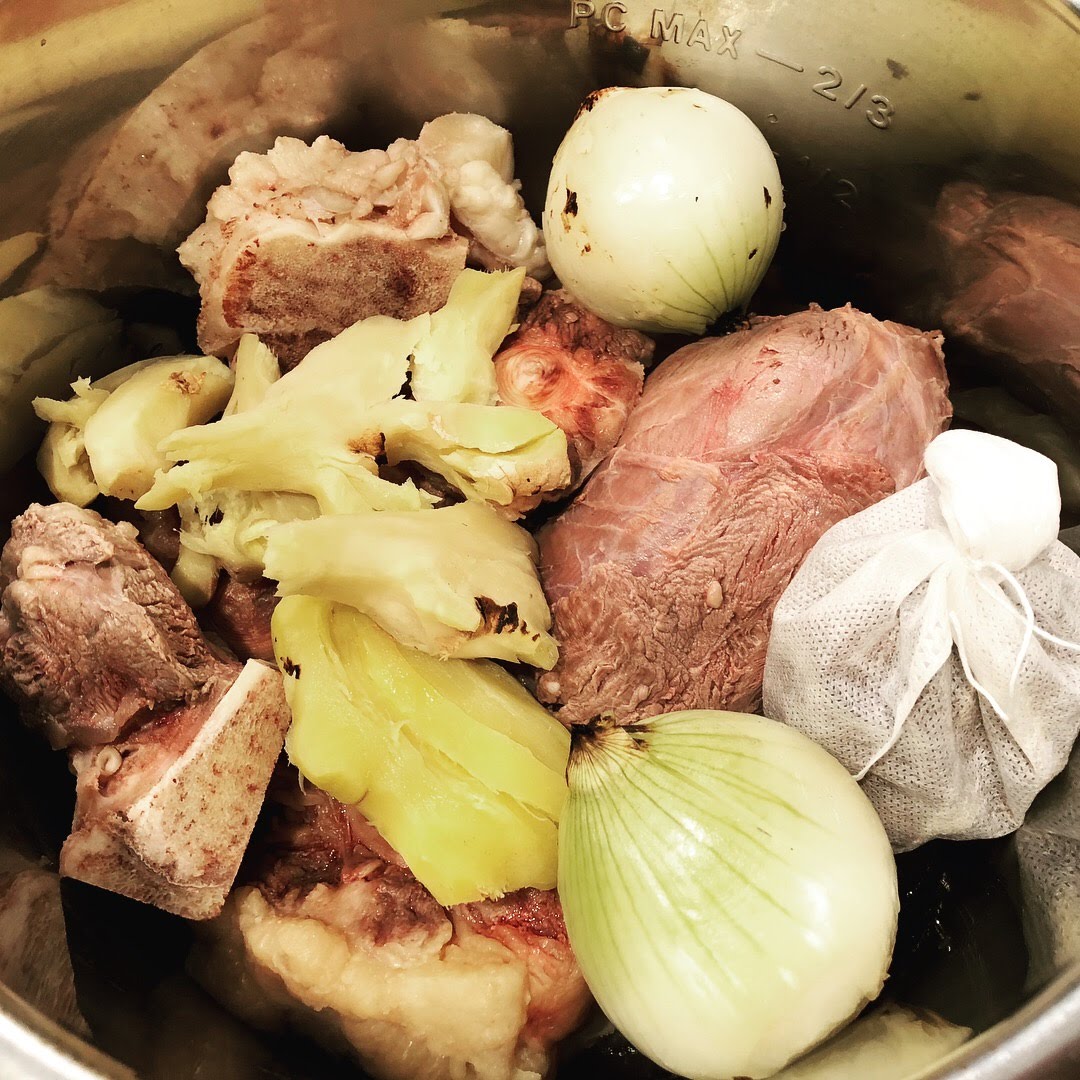
3 lbs beef bones (preferably a combo of oxtail, marrow bones and knuckle bones), parboiled and rinsed
1 lb pork hock/foot, parboiled and rinsed
1 lb boneless beef shank (more poundage if with bone)
1 tbsp salt
1 tsp fish sauce salt
2 medium onions, charred and peeled
1 6-inch piece of ginger, charred, peeled, and slightly bruised
1 package pho spices, lightly toasted in a pan

1 lb sirloin tips sliced as thin as possible (tip: place meet in freezer for 15 minutes then slice)
2 scallions, thinly sliced
1 small onion, thinly sliced
1 cup chopped cilantro
2 package fresh pho noodles
lime wedges
Thai basil
2 cups bean sprouts, washed and drained
Place the first 8 ingredients above (as much of bones as possible and set aside the rest) into the pot and fill with boiling water. Set IP to pressure cook on high pressure for 12 minutes, then QR. Remove the beef shank and plunge into ice water bath. Also remove onions.Skim scum and impurities. Add any remaining beef or pork bones and additional water to the max line and reset IP to pressure cook on high pressure for another 60 minutes, then QR. Remove bones, ginger, spices. Skim again. Taste and adjust seasoning with salt and fish sauce. You can also add a bit of water to taste. The broth should taste slightly salty. When the beef shank is cool, slice thinly.

In a separate pot on the stove, separate the pho noodles into individual serving bundles. Using a noodle strainer, dunk noodles into boiling water for 10-15 seconds and place into bowls. Top with beef shank, sliced raw sirloin tips, scallions, onions, and cilantro, and pour soup over. Serve immediately with lime, herbs, and bean sprouts.





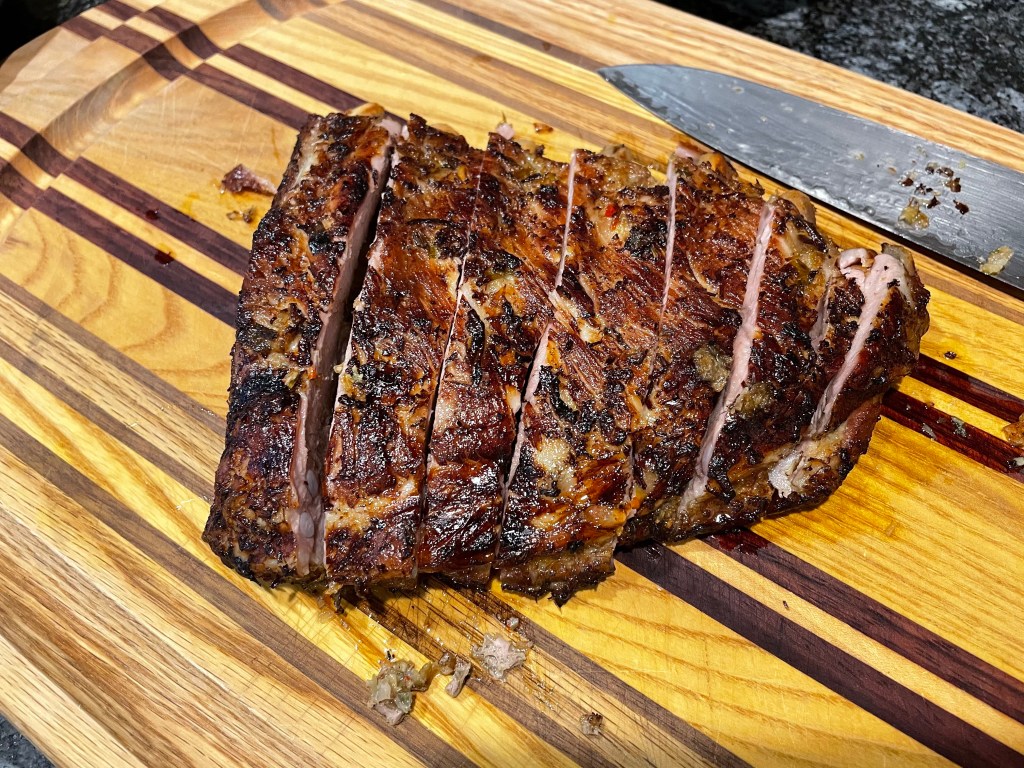


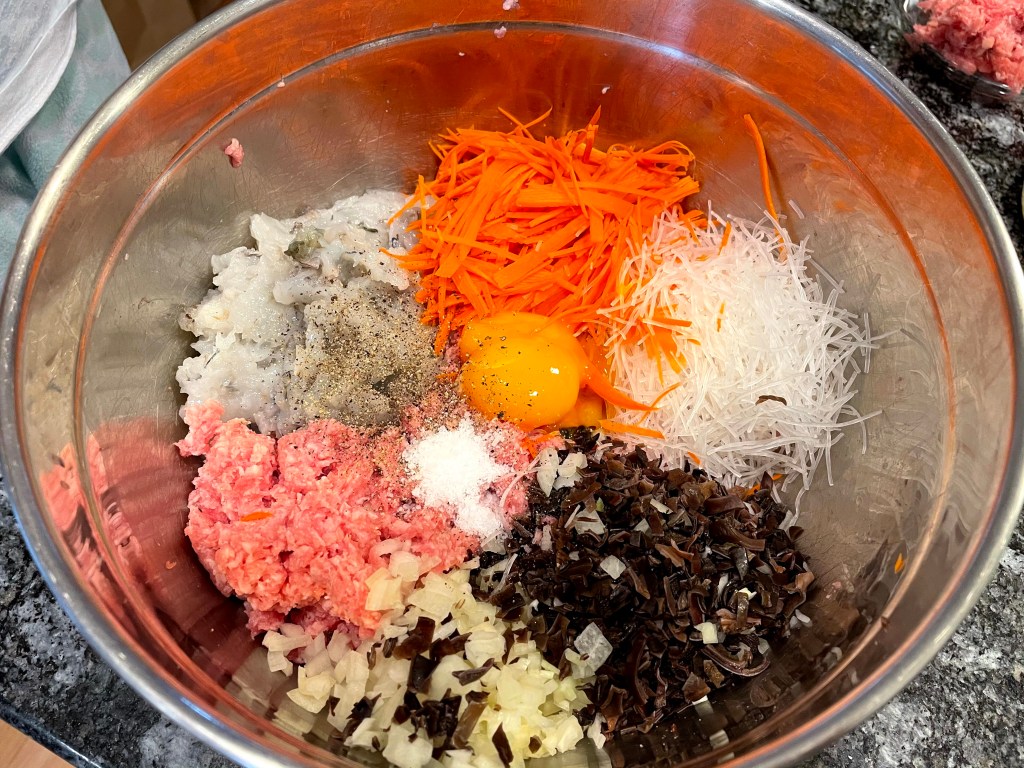

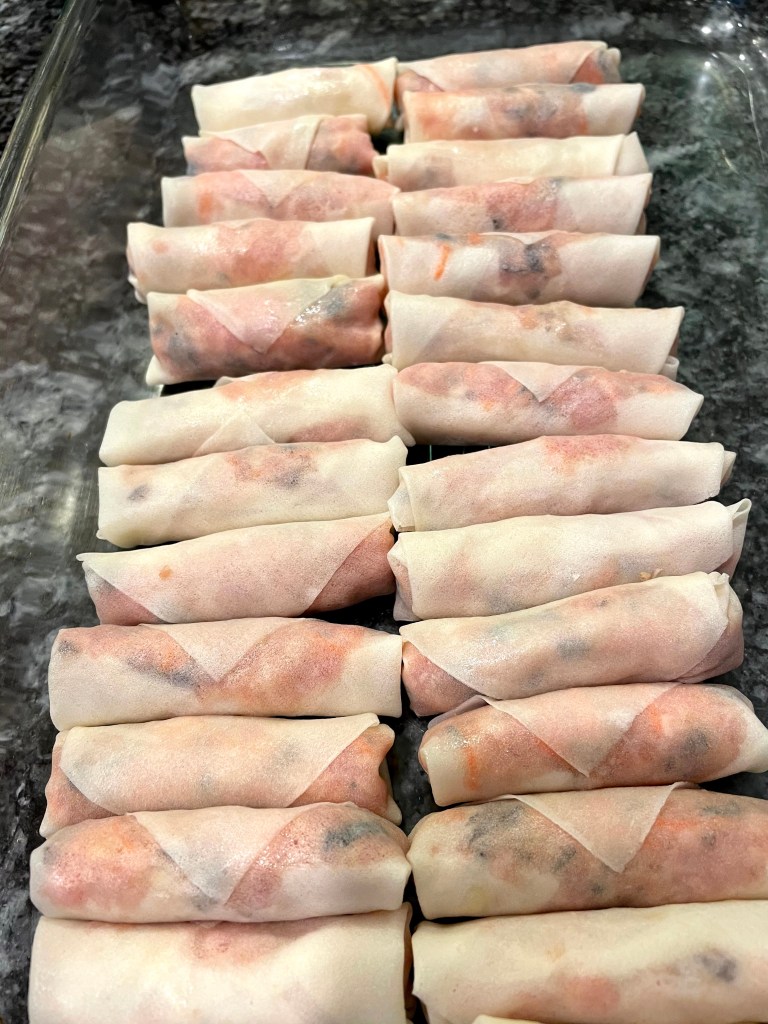

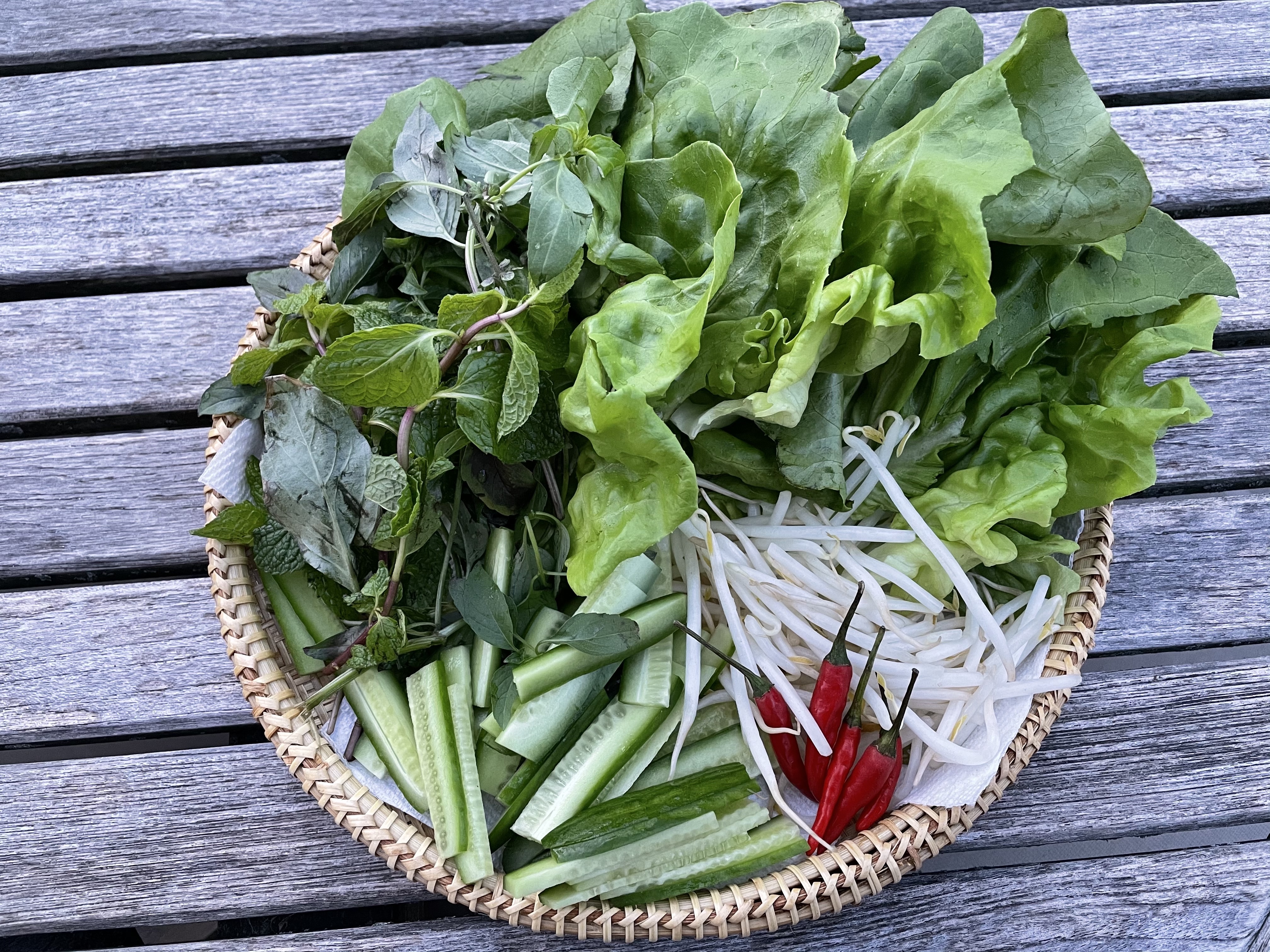
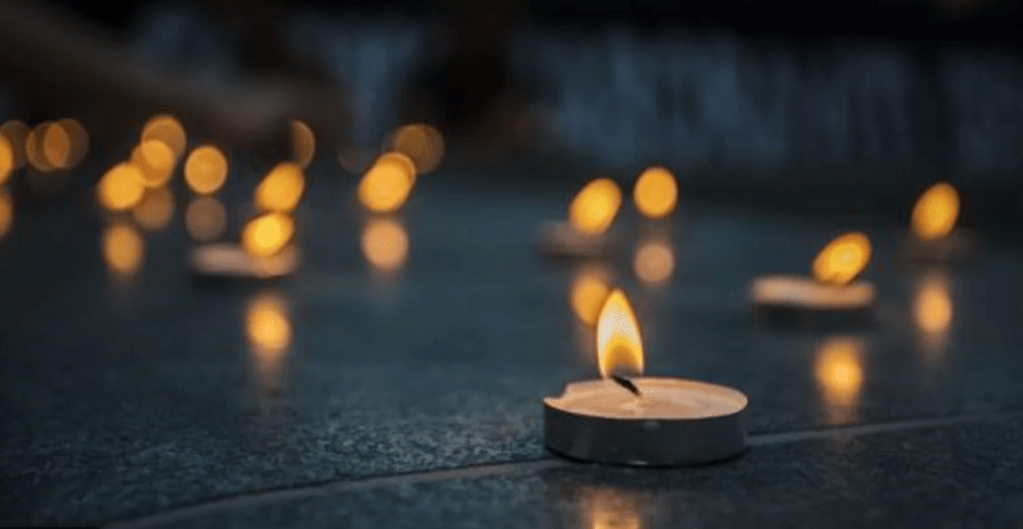
 I have been struggling lately on several fronts. Sometime mid-summer, a malaise seems to have settled over my mind, making it difficult to see the forest for the trees. Covid-19, racial reckoning, protests, Lysol wipes, face masks, Amazon food orders, the prospect of another year of remote learning–each one crowding the foggy recesses of my mind, obscuring a path forward. So much was beyond my control and that feeling of helplessness is not part of my natural state. And so, I would go through the motions, feed the family, tidy the house, but not really knowing what would happen next or how to plan for anything. I was numb.
I have been struggling lately on several fronts. Sometime mid-summer, a malaise seems to have settled over my mind, making it difficult to see the forest for the trees. Covid-19, racial reckoning, protests, Lysol wipes, face masks, Amazon food orders, the prospect of another year of remote learning–each one crowding the foggy recesses of my mind, obscuring a path forward. So much was beyond my control and that feeling of helplessness is not part of my natural state. And so, I would go through the motions, feed the family, tidy the house, but not really knowing what would happen next or how to plan for anything. I was numb.

 I have searched far and wide, looking for a versatile chili oil that could be used with a range of dishes, from Western to Eastern. Unsurprisingly, I haven’t found one. So I decided to make it myself. I considered various flavor profiles and decided that I wanted something that wasn’t blistering hot, but with subtle notes of pepper, ginger and anise and a good dose of savoriness. I rummaged around in my pantry and settled on a mix of dried chilis, Sichuan and black peppercorns, anise, fresh ginger, shallots, and garlic. To really amp up the umami notes, I reached for the
I have searched far and wide, looking for a versatile chili oil that could be used with a range of dishes, from Western to Eastern. Unsurprisingly, I haven’t found one. So I decided to make it myself. I considered various flavor profiles and decided that I wanted something that wasn’t blistering hot, but with subtle notes of pepper, ginger and anise and a good dose of savoriness. I rummaged around in my pantry and settled on a mix of dried chilis, Sichuan and black peppercorns, anise, fresh ginger, shallots, and garlic. To really amp up the umami notes, I reached for the 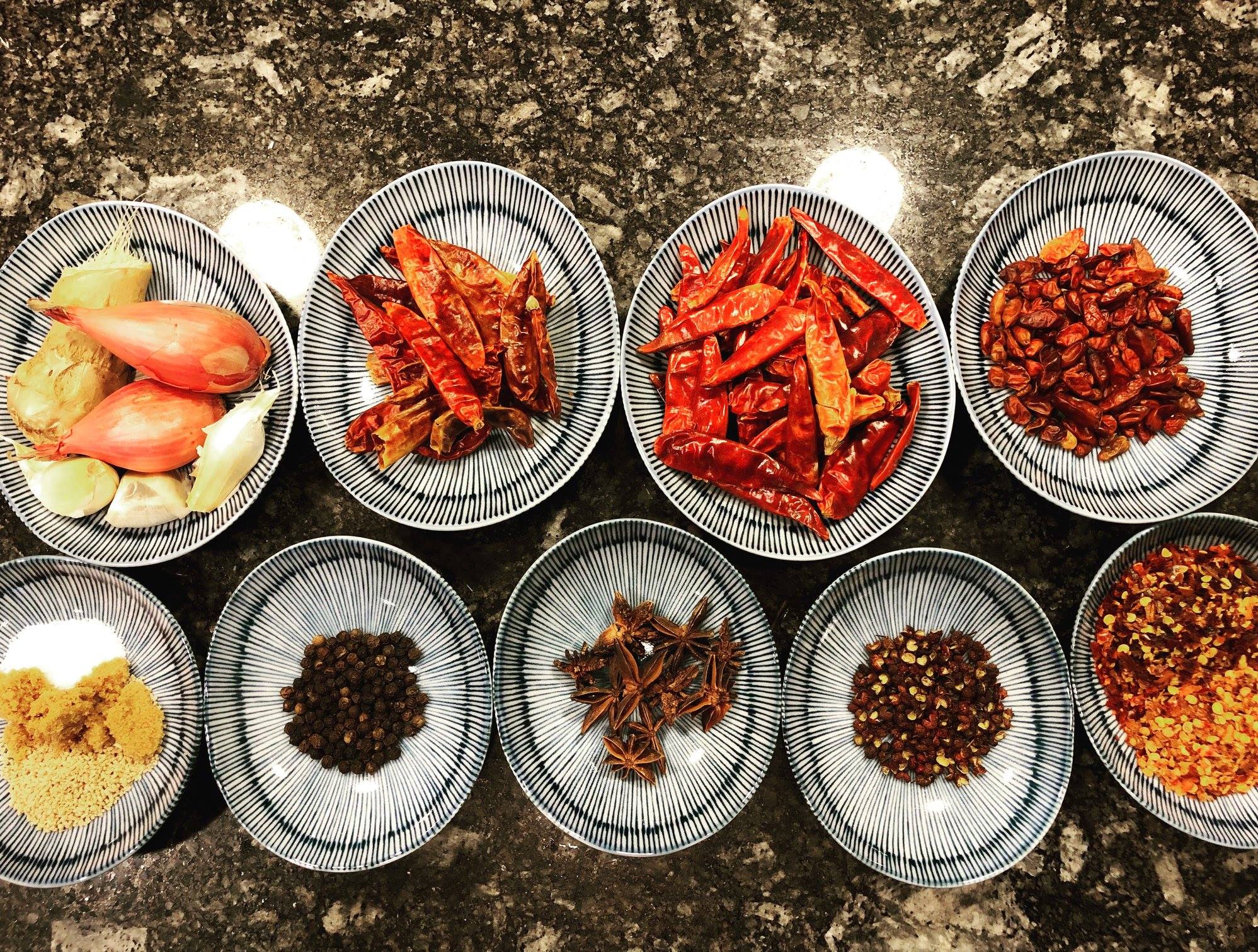
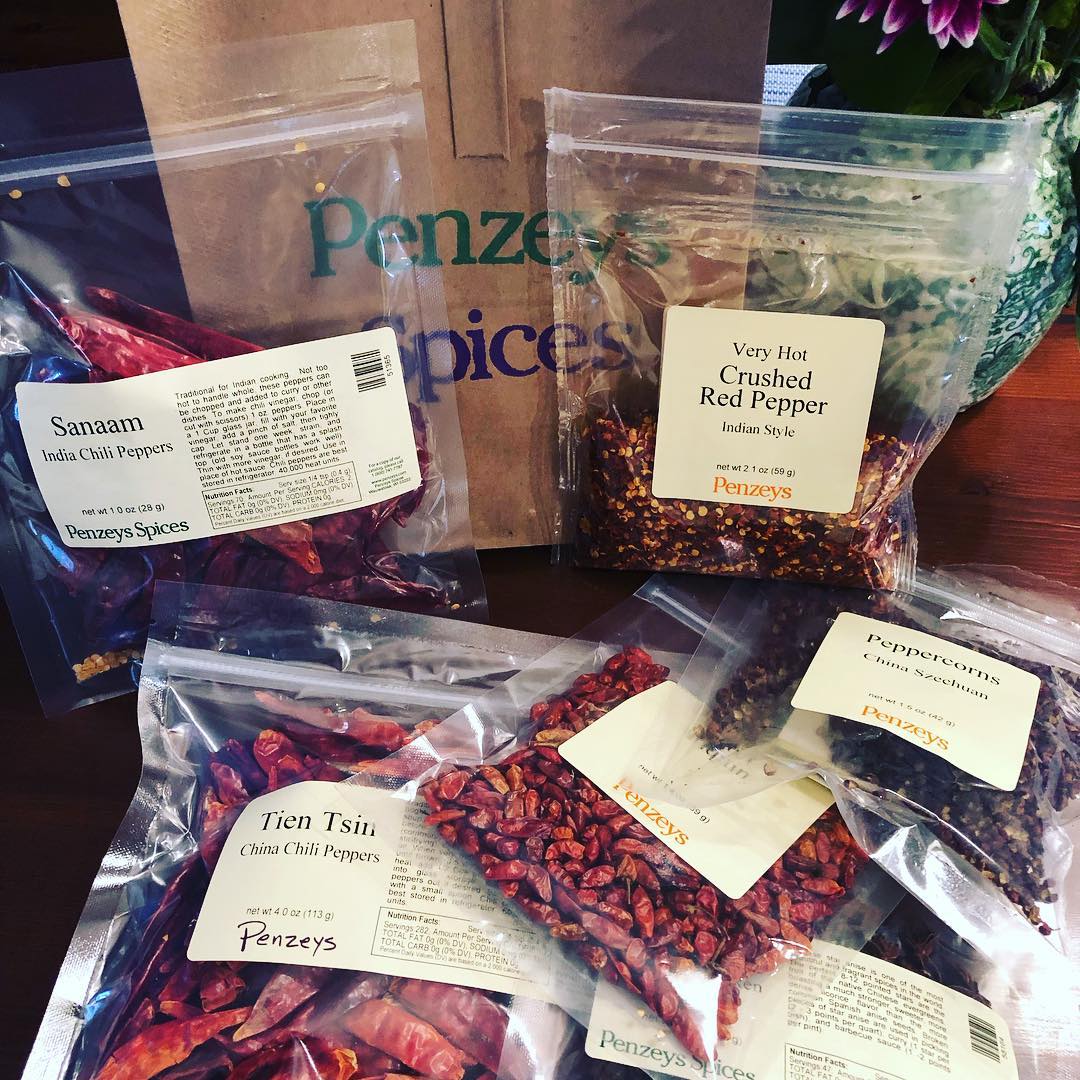


 1 shallot, minced
1 shallot, minced Recently, I noticed something peculiar: I heard my voice echoed in the writing of other women. I heard my personal journey, something that I had learned to hold as sacred and singular, in the stories of other Vietnamese American women writers. I don’t know if this is a fleeting moment or the beginning of a wave of narratives from my sisters. But in any case, I hear them, and through their voices I see myself anew.
Recently, I noticed something peculiar: I heard my voice echoed in the writing of other women. I heard my personal journey, something that I had learned to hold as sacred and singular, in the stories of other Vietnamese American women writers. I don’t know if this is a fleeting moment or the beginning of a wave of narratives from my sisters. But in any case, I hear them, and through their voices I see myself anew.  Last year, in a cab in Hanoi, my family and I saw a sign for Com Ga (chicken rice) and asked our cab driver if he could recommend a good place for us to try it. Up until this point, the driver had been rather dour and unengaged, but upon hearing about com ga, his face brightened and we embarked on a lively conversation about how the best com ga has to be homemade; how to get the chicken skin to be unctuous and a mellow yellow; the best kinds of chickens; the importance of chicken fat; etc. By the end of the short cross town trip, we had learned the Vietnamese term for free-range chickens (ga di bo, which translates to “walking chicken”) as well as a secret ingredient: turmeric.
Last year, in a cab in Hanoi, my family and I saw a sign for Com Ga (chicken rice) and asked our cab driver if he could recommend a good place for us to try it. Up until this point, the driver had been rather dour and unengaged, but upon hearing about com ga, his face brightened and we embarked on a lively conversation about how the best com ga has to be homemade; how to get the chicken skin to be unctuous and a mellow yellow; the best kinds of chickens; the importance of chicken fat; etc. By the end of the short cross town trip, we had learned the Vietnamese term for free-range chickens (ga di bo, which translates to “walking chicken”) as well as a secret ingredient: turmeric.